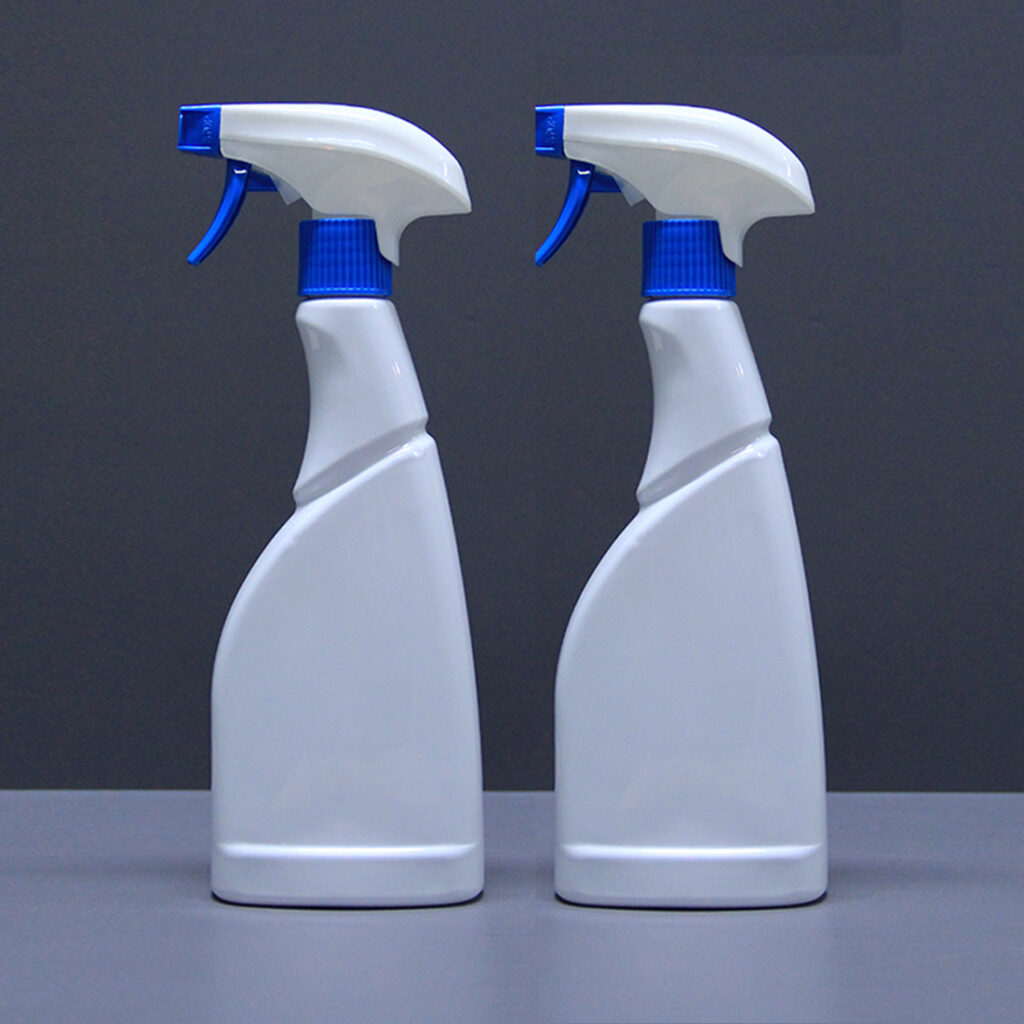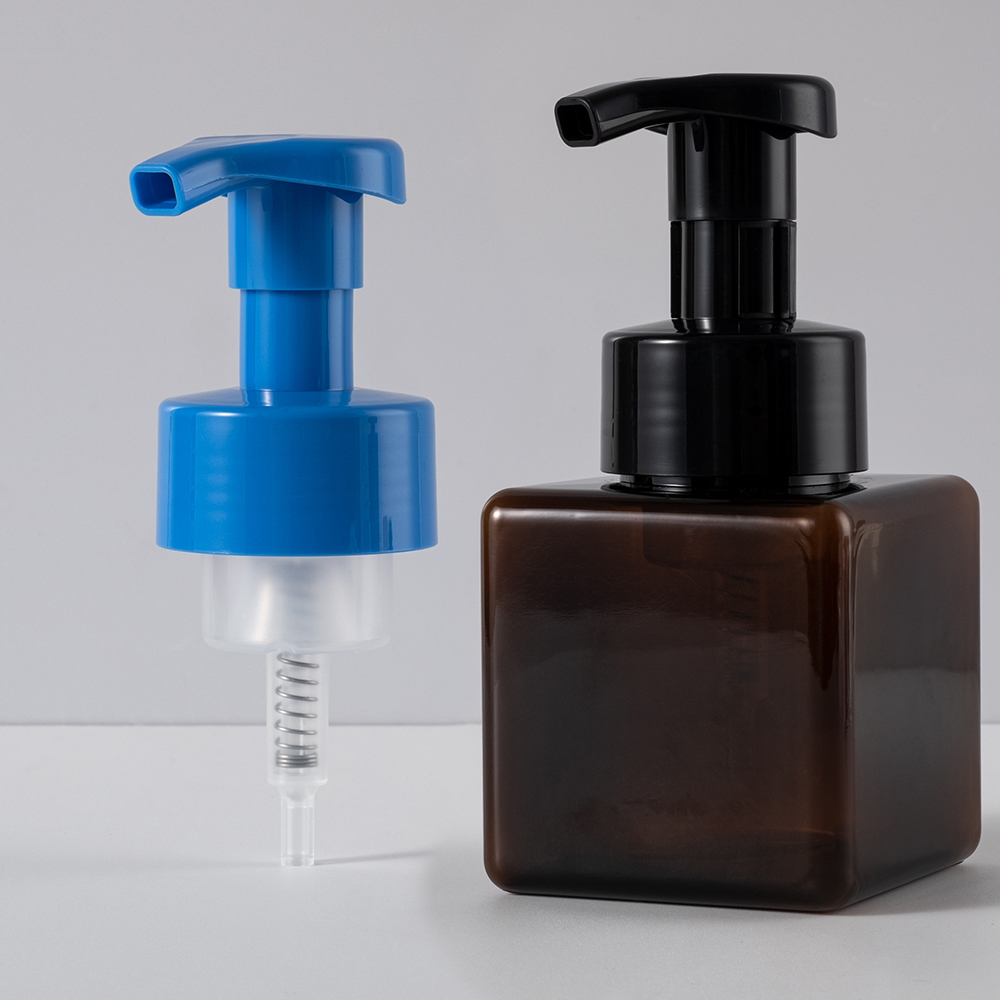Pali njira zingapo zopangira mabotolo apulasitiki, ndipo njira yeniyeni yomwe imagwiritsidwa ntchito imadalira mtundu wa pulasitiki, mawonekedwe ofunidwa, ndi njira yopangira. Nazi njira zina wamba:

Jekeseni Kumangira: Iyi ndiye njira yofala kwambiri yopanga mabotolo apulasitiki. Zimaphatikizapo kupatsa pulasitiki zosungunuka mu chitope, zomwe zimapangidwa ngati botolo. Pulasitiki kenako zimazizira ndipo zimakhazikika, Ndipo nkhungu imatsegulidwa kuti ichotse botolo lomalizidwa.
Kuwomba Kuwomba Kuwomba: Njirayi imagwiritsidwa ntchito kutulutsa mabotolo kuchokera ku pulasitiki yotchedwa chiweto (Polyethylene Terephthate). Zimaphatikizapo masitepe awiri. Choyamba, chotsatila, yomwe ndi chubu cha pulasitiki ndi khosi lokhotakhota, ndi jakisoni wokumba. Kenaka, Profirformar imachitika ndikutambasulidwa pomwe mpweya umayipitsidwa kuti uzikulitsa ndikuwupanga mu botolo lomaliza.
Extrusion Blow Molding: Njirayi ndi yofanana ndi yotambasula kuwombera koma imagwiritsidwa ntchito ngati pulasitiki, monga-kwene-valnity polyethylene (Zithunzi za HDPE). Zimayamba ndi malo opezekapo, chubu cha pulasitiki zosungunula, zomwe zimagwidwa mu mawonekedwe a nkhungu. Mpweya wopanikizika umawombedwa mu danison, Kukula ndi mawonekedwe a nkhungu.

Kupanga Kupanga Kuumba: Njirayi imagwiritsidwa ntchito popanga zokulirapo, mabotolo olemera kapena zotengera. Zimakhudzanso kuyika zokongoletsedwa ndi pulasitiki kuti zikhale zowoneka bwino kenako ndikugwiritsa ntchito makina osindikizira pulasitiki mpaka zimatenga mawonekedwe a nkhungu. Phukusi limakhazikika ndikukhazikika musanachotse kuchokera ku nkhungu.
Kutulutsa jekeseni kuwomba: Njira iyi imaphatikiza jakisoni wowumbidwa ndi kutambasula kuwomba. Zimayamba ndi jakisoni wokhazikika, zomwe zimasamutsidwa kupita kumalo opatula momwe zimalembedwera ndikukhomedwa musanalowe mu mawonekedwe omaliza pogwiritsa ntchito mpweya.
Awa ndi ochepa chabe mwa njira zomwe zimagwiritsidwa ntchito popanga mabotolo apulasitiki. Njira iliyonse imakhala ndi maubwino ake ndipo ndi yoyenera kugwiritsa ntchito mitundu yosiyanasiyana ndi mapangidwe a botolo. Opanga amasankha njira yoyenera malinga ndi zomwe zili ndi mtengo, kukula, katundu, ndi malo ophunzirira botolo.






